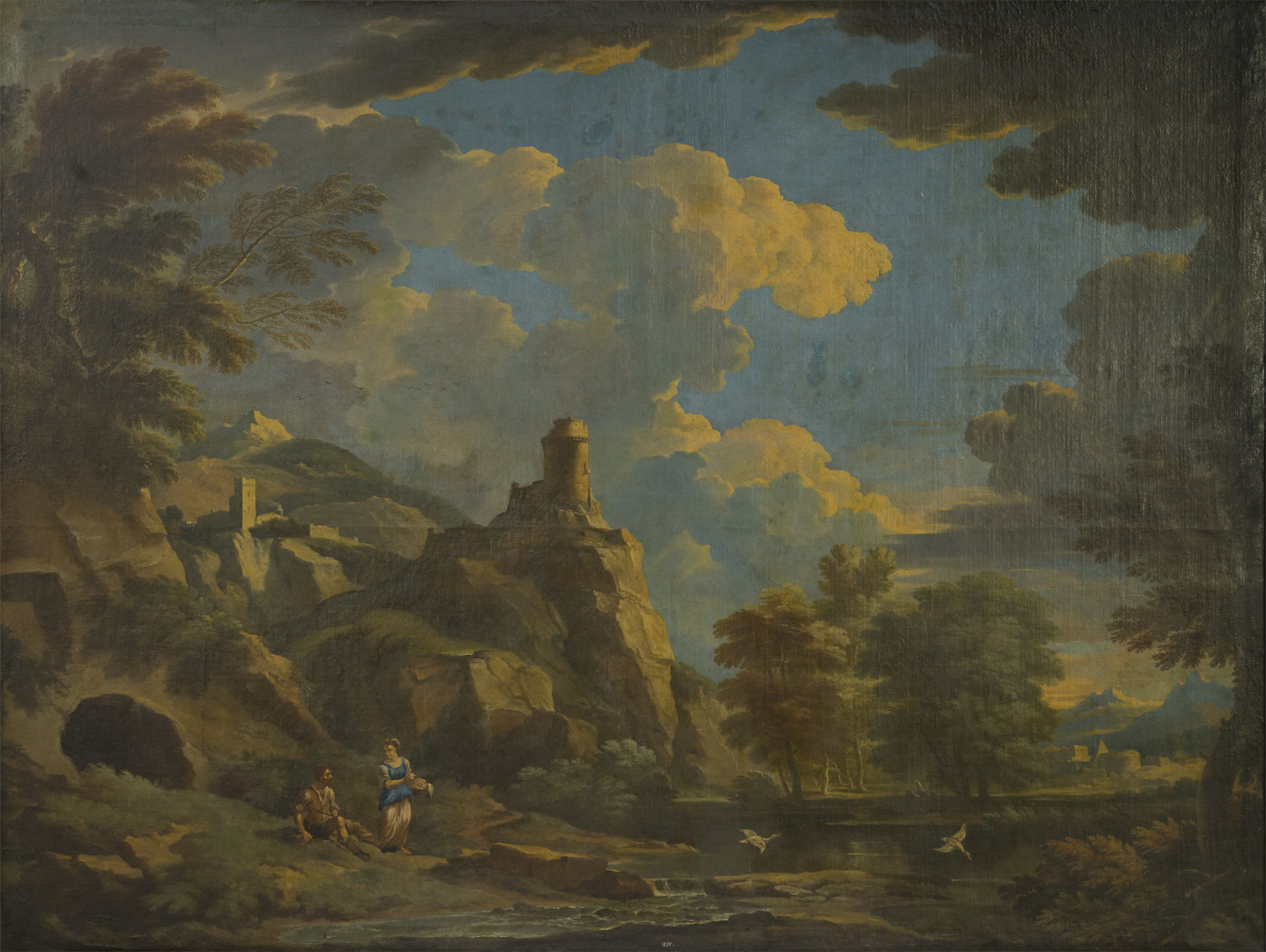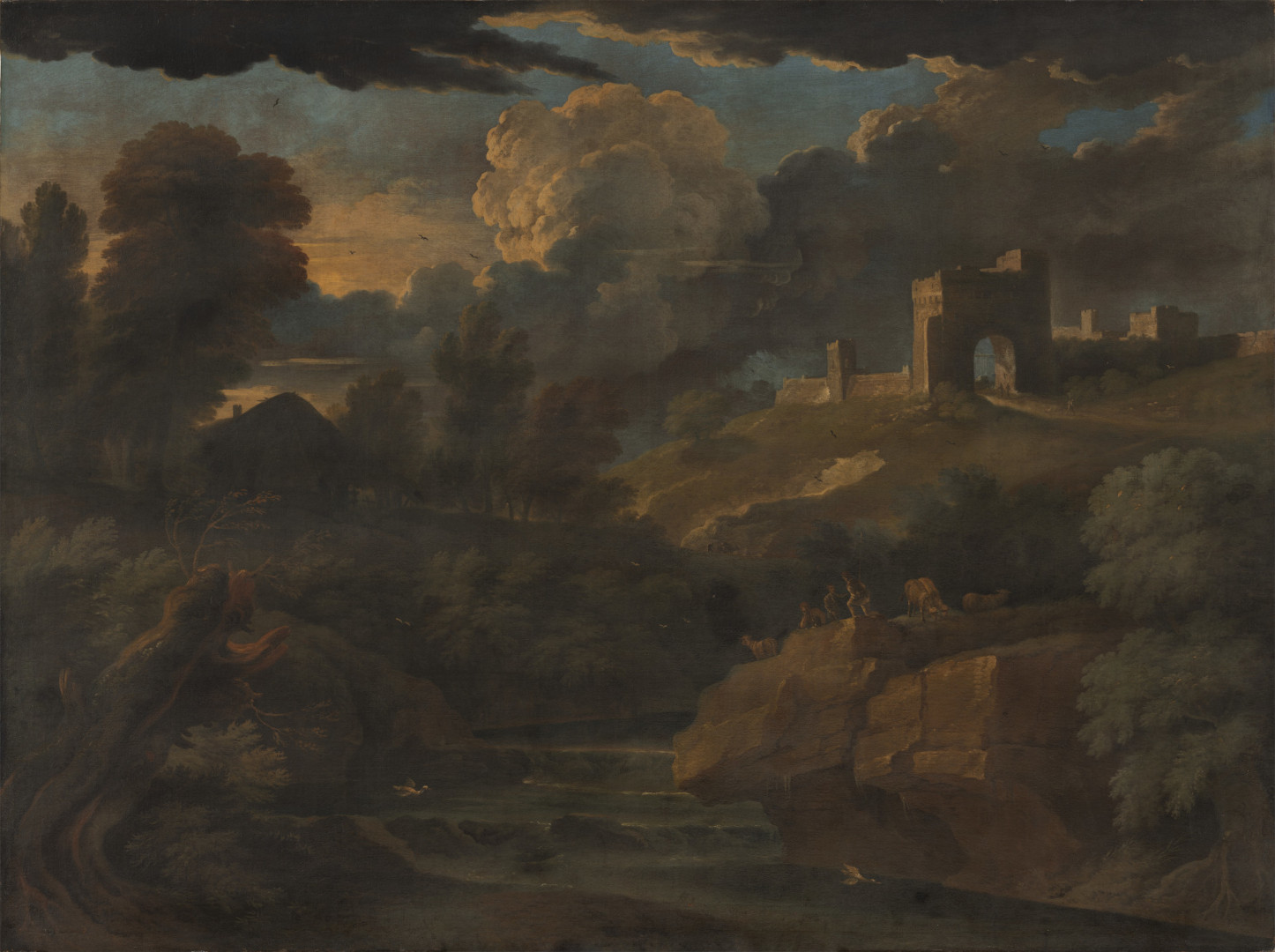Usiamo i cookie in questa webapp.
Alcuni di loro sono necessari per il corretto funzionamento del sito.
The Entrance Hall was symmetrical to the Dining Room and painted in “lead grey” colour.
The windows were adorned with green silk curtains, which highlighted the overdoors with hunting scenes painted in antique style and monochrome by Carlo Brunelli, reminiscent of the findings at the excavations in Pompeii and Herculaneum.
Heating was provided by the fireplace, in front of which the king used to spend some time with his gentlemen, seated on a green leather sofa. The furnishings were completed by twelve green leather chairs with gold studs, eight with arms and four without.
Fashion for fireplaces was launched by Robert Adam, architect and interior decorator of the English court and one of the most influential figures of European Neoclassicism. He designed his rooms with an eye for elegance and symmetry of form, and preferred colours such as green and blue.
The idea of transforming fireplaces into characteristic elements of décor came to Adam during his studies in Rome, from 1754 to 1758, following his meeting with Giovan Battista Piranesi, a member of the Royal Academy of Antiquaries in London and author of the volume Diverse maniere di adornare i camini e gli altri edifici (Different ways of decorating fireplaces and other buildings).
Walnut mirrors by Nicola and Pietro Fiore also adorned the walls of the antechamber. They were painted mahogany, carved and gilded, and crowned by a painting on the theme of hunting.
Beneath the mirrors were carved wooden consoles, decorated with bronze rosettes and pyramid feet. They were covered with shelves of valuable antique green marble “in one piece”, purchased by the architect Francesco Collecini in 1789, and characterised on the front by a graceful white medallion decorated with birds.
All around on the walls were paintings documenting wild boar hunting and game, which were frequent in the countryside of “Terra di Lavoro”.
During the exile of the Bourbon in Sicily, part of these paintings was used to decorate the “Ficuzza”, and therefore when the sovereigns returned, some landscapes by Pieter Mulier were put in their place, titled: Landscape with waterfall; Landscape with tower, cave, two figures at the stream and birds; Landscape with rainbow, men and cattle; View of castle with figures and herds; Landscape with ancient tower, animals and men.
 Quadri
Quadri
The painting was included in the Royal Site of Carditello in 1817 and placed in
 Quadri
Quadri
The painting was included in the Royal Site of Carditello in 1817 and placed in
 Quadri
Quadri
The painting was included in the collection of the Royal Site of Carditello in 1
 Quadri
Quadri
The painting was included in the Royal Site of Carditello in 1817 and placed in
 Quadri
Quadri
The painting was included in the collection of the Royal Site of Carditello in 1